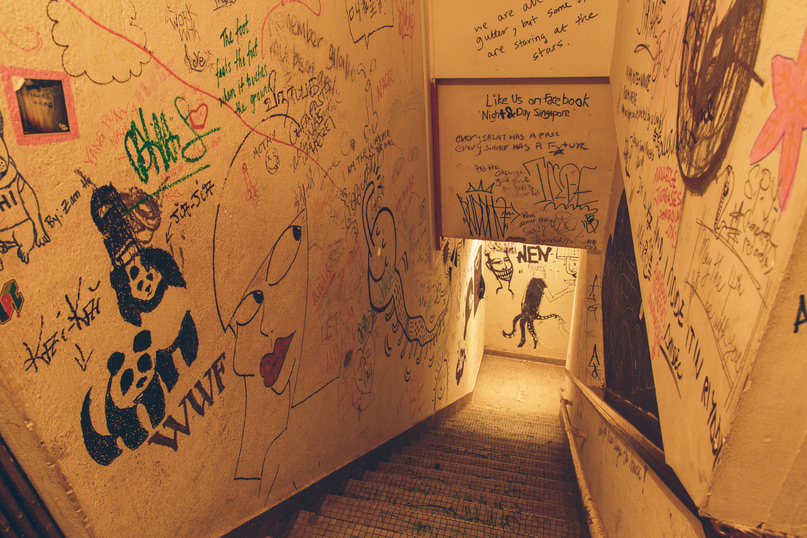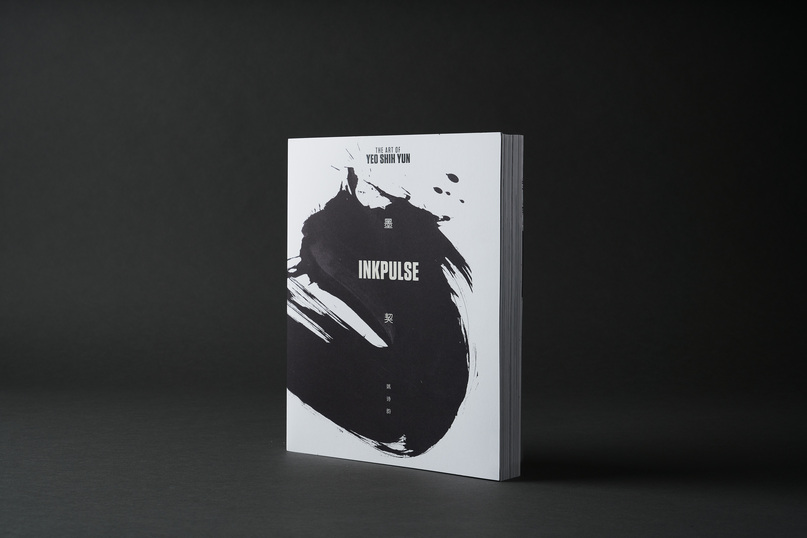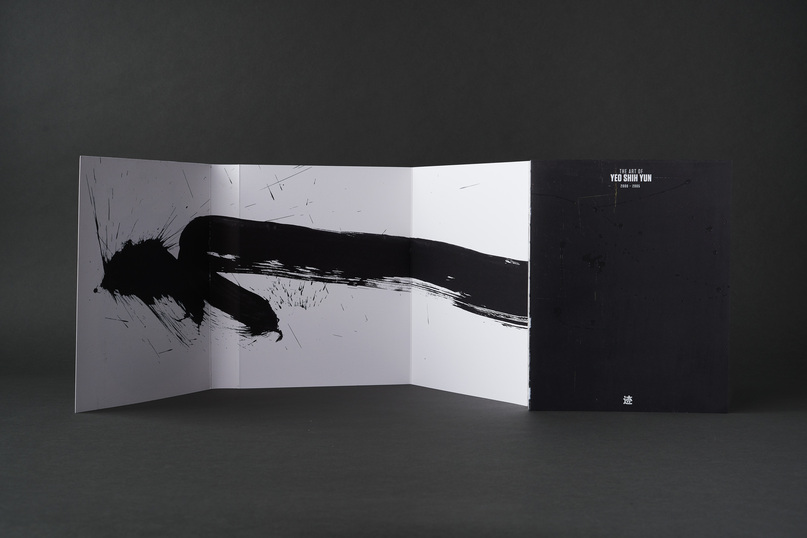* DESIGNER OF
THE YEAR 2020
Kelley Cheng
Creative Director
The Press Room
Start a magazine. Publish books. Run a gallery-cum-bar. Teach graphic design. Inspire her generation and others after. Kelley Cheng has done them all. It is no wonder she introduces herself not as a designer but a “modern-day polymath”.
It all started when Kelley left behind her architecture training to pursue her love of magazines. In 1999, the 20-something started iSh, a pioneering magazine that provided a platform for Singapore’s emerging creative scene and introduced design to
the masses. It was bought over two years later by local bookstore Page One, which also appointed Kelley to start its publishing arm. Over the next eight years, she oversaw the creation of over 1,000 art, design and architecture books while keeping iSh going.
In 2009, Kelley started a new chapter when she launched her studio, The Press Room. By then, she also co-founded Night & Day and 15 minutes, two much-needed alternative
spaces for Singapore’s burgeoning creative community. Her desire to nurture the next generation of creatives has only grown over the decade as she mentors her employees and lectures part-time.
A storied career spanning over two decades has not stopped Kelley from looking out for the next adventure. “This is the true spirit of any creative”, she says.
READ MOREInsights from the Recipient
Citation
Jury Citation
Kelley Cheng is a unique personality and a tireless proponent of design in Singapore. Over the past two decades, she has created a body of work spanning visual communications, exhibition design and publishing. In 1999, she made a significant contribution to the design industry by founding iSh, a pioneering independent design magazine in Singapore that sought to educate and inspire, as well as promote and support all things design.
The Jury recognises that Kelley has surpassed her primary discipline as a graphic designer and extended her work into a wide variety of domains and disciplines. She is both an ambassador and a provocateur, nourishing culture and pushing the boundaries of design with humility and honesty. As an educator and studio owner, she has worked with many young designers and nurtured the next generation of talents for the good of the wider design community. Her massive body of work is a love story to designers and the design community in Singapore.
The Jury commends Kelley for being a passionate champion of design: an advocate for its power and value, a mentor for new talents, and a generous supporter and voice for fellow designers, architects and artists.
VIEW JURORSNominator Citation
Nathan Yong
Creative Director
Nathan Yong Design
I have known Kelley as a friend and a fellow designer for a long time.
She is passionate about design, and works not just for her client, but first and foremost, for herself. One of her most significant achievements was founding iSh, the first independent design magazine in Singapore that offered a platform to showcase local creativity. Every issue was unique—reflecting her belief in design as a form of art, which she has continued practising over the past two decades.
Kelley’s designs have been profoundly influenced by her love for art, films, music and books. Her works have structure and rhythm like a musical score, and she often includes her own artworks and photographs—demonstrating a rare ability to combine art and design.
Despite her busy schedule, Kelley spends time imparting her knowledge to others. Over the past decade, she has mentored many young designers. She has lectured at conferences, taught in local and overseas institutions, sat on their advisory boards and served as an external examiner.
Kelley’s impressive portfolio and commendable efforts in nurturing the next generation of designers are testimony to her dedication to Singapore’s design industry.












